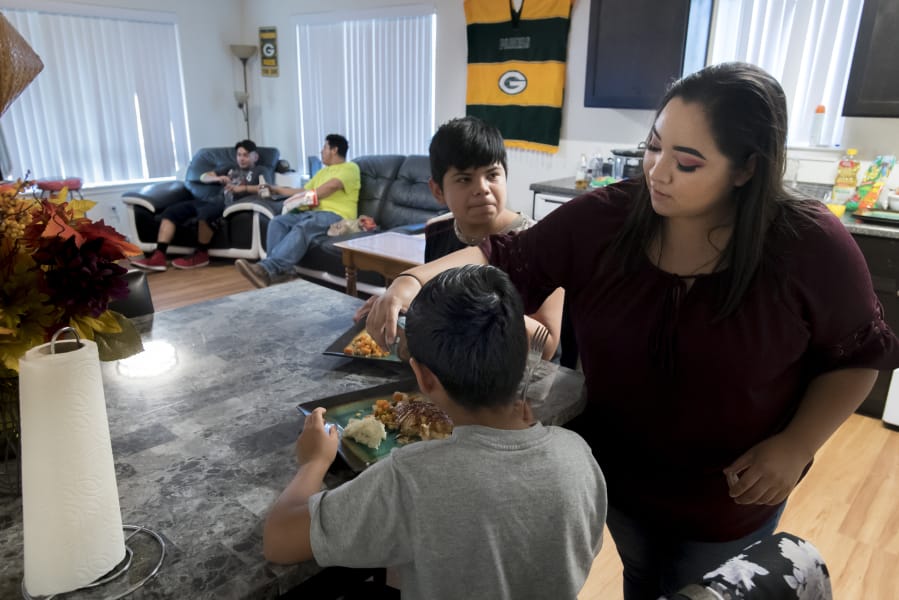Daniel Valtierra and Vanessa Contreras went through a rough patch.
After paying his sons’ hospital bills, Valtierra didn’t have enough money for rent, so the couple was evicted from their apartment in Vancouver. After that, they doubled up with another family for nearly a year before they received help from the new Family Assistance Community Engagement, or FACE, Program.
“I just needed somebody to believe in me again,” said Valtierra, 40, who had 20 years of good rental history before the eviction.
They were connected to Council for the Homeless’ FACE Program through Contreras’ 10-year-old son’s school. The program, which has been around for a little more than a year, aims to assist people of color and those who identify as LGBTQ, who are disproportionately impacted by homelessness.
African Americans, for instance, made up about 2 percent of Clark County’s population in 2018 but represented 13 percent of Council for the Homeless’ clients. While Native Hawaiians or Pacific Islanders comprised 1 percent of the population, they made up 6 percent of homeless clients last year.




